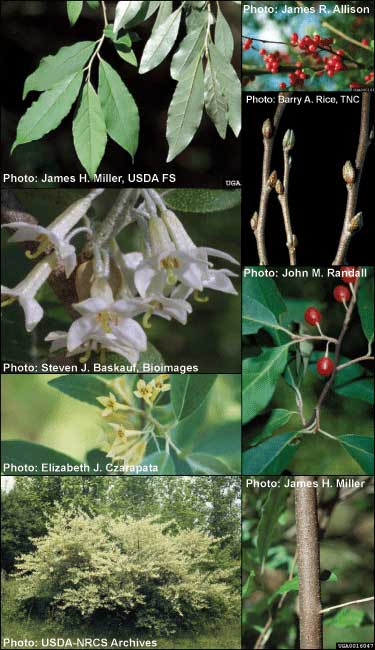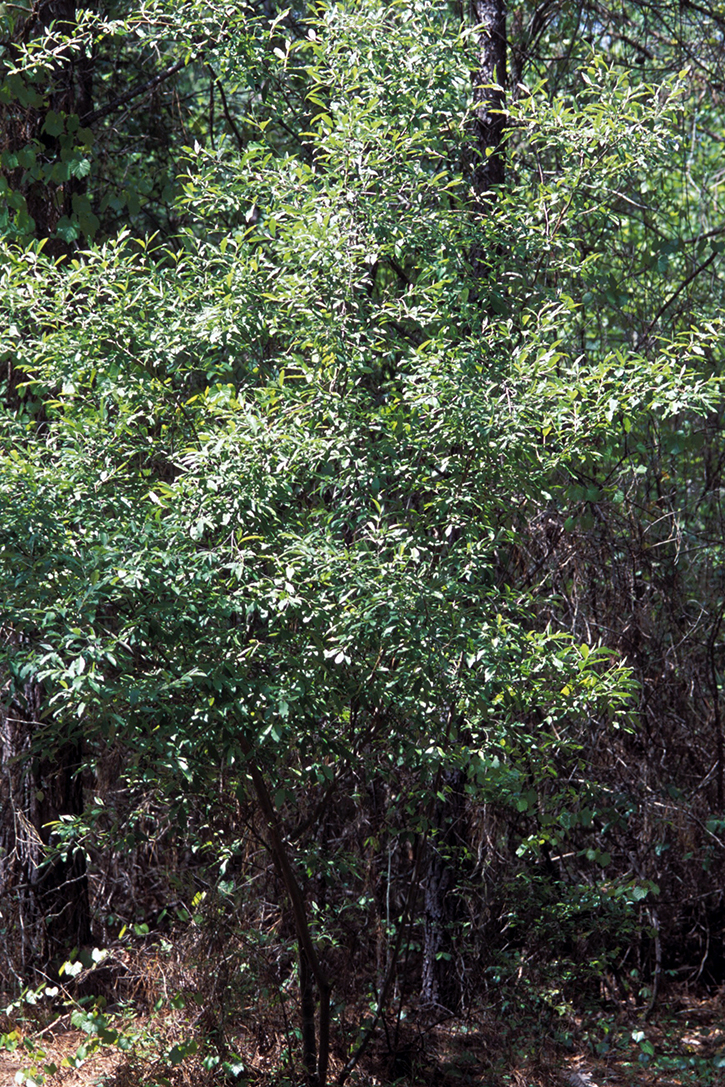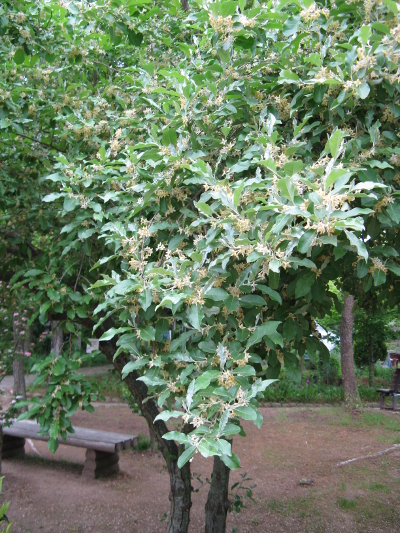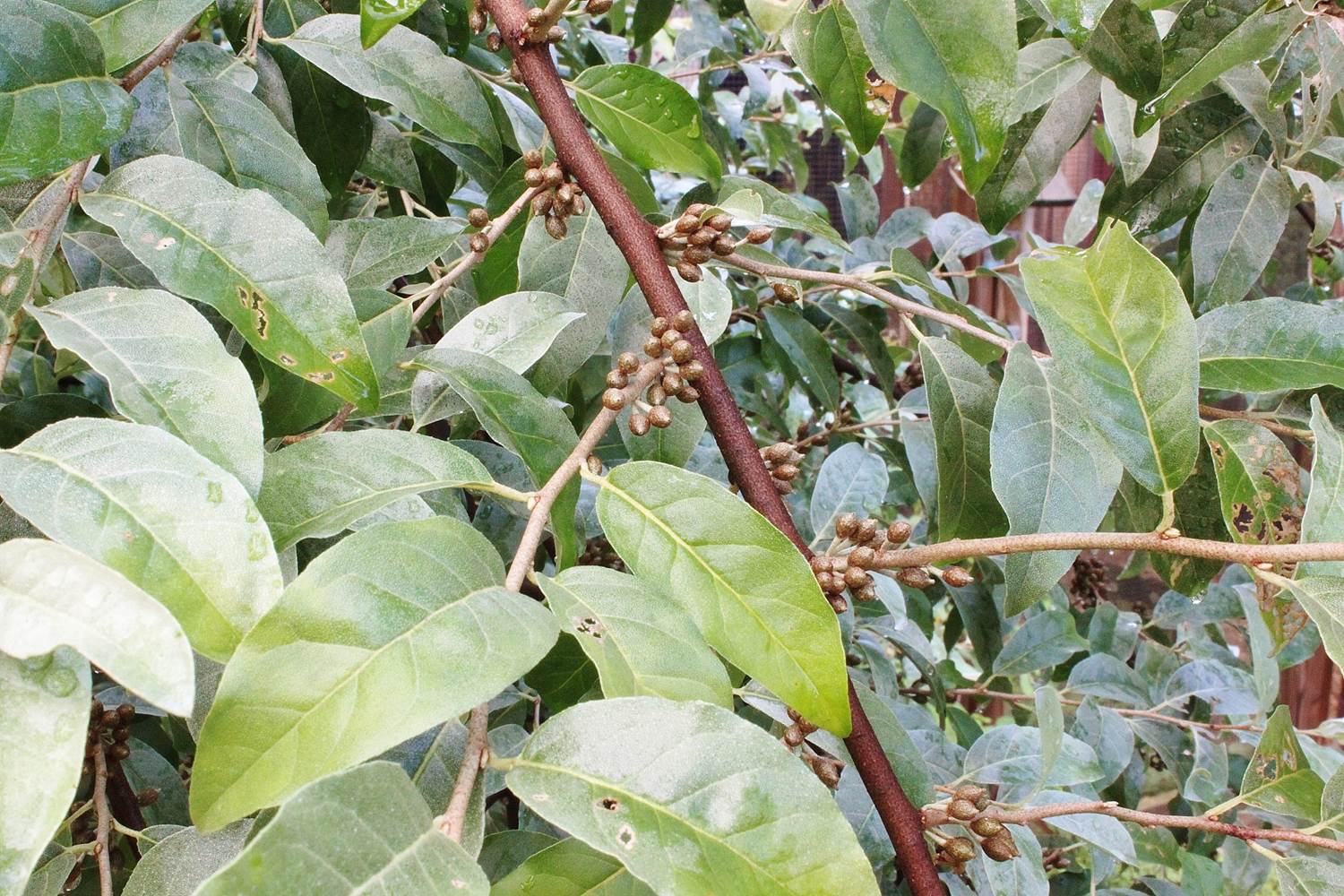autumn olive tree identification
Introduced as an ornamental. Autumn Olive Eleagnus umbellata and Russian Olive Eleagnus angustifolia Feb 2012 Ohio State University.
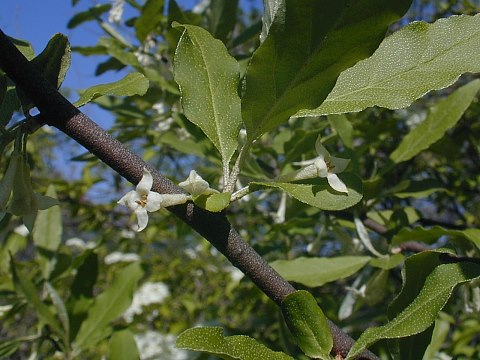
Autumn Olive Elaeagnus Umbellata
Autumn olive Elaeagnus umbellata Thunb is a large deciduous shrub capable of forming dense thickets in West Virginia pastures.

. It is so easy to find easy to identify and easy to harvest in quantity. Bloom in late spring. Autumn olive Elaeagnus umbellata is a nitrogen-fixing shrub or small tree native to East Asia.
Autumn olive is a deciduous shrub that can grow up to 20 feet tall. Autumn Olive Identification. As a result it invades grasslands.
Autumn Olive - Elaeagnus umbellate. In Indiana as in the rest of the country autumn olive was often used for the revegetation of disturbed habitats. Autumn Olive Tree Fast Facts.
It was introduced to North America in 1830 as an ornamental plant. Russian olive Elaeagnus angustifolia aka oleaster. Autumn olive is found in.
It is a great food for wildlife and people but it produces so much fruit that birds carry the seeds all over the. How to identify autumn olive. The twigs and branches are covered with small silvery to rust colored scales and short spur twigs often have a spine at the end.
Their margins are wavy but do not have teeth. Molly OBoyle Fairfax Master Gardener talks all about Autumn Olive Elaeagnus umbellata Thunb why its invasive how to identify and remove it and more. Cultivated for wildlife habitat and erosion control Fordham et al.
The plant may grow to a height of 20 feet. Autumn Olive A Common Invasive Edible Fruit. It grows rapidly and can reach a.
Silvery or golden brown with speckles. For wildlife food and erosion control. It was commonly planted for wildlife food and cover.
Elaeagnus umbellata usually grows as a shrub with a widely spreading crown. It can reach 12-15 feet in height. The underside of the dark green leaf is covered with silver-white scales.
Its range is from the Himalayas to Japan. It was first introduced to United States from Japan in 1830. Its fragrant spring flowers and bountiful harvest of red berries in the fall obscure the fact that this plant can be an invasive bully.
It was introduced in the 1930s and promoted in the 1950s as a great food for wildlife. Autumn Olive Elaeagnus umbellata is an invasive shrub in central and eastern United States. It is seen growing by the hundreds in fields and other areas that are not mowed regularly or maintained.
Autumn olive is a large deciduous shrub that grows up to 20 tall and is frequently equal in height and width. 2019 Status in Maine. Simple alternate small elliptical or oval 13 inches long about 1 inch wide.
This is a great first foraging experience for beginner foragers and kids too. Autumn Olive is a deciduous shrub that can grow quite tall. Autumn olive Elaeagnus umbellata ELUM is a bushy leafy shrub native to Asia.
A deciduous shrub with white flowers in spring and bright red berries in fall autumn olive Elaeagnus umbellata originally came from Asia and was widely planted in the US. They vary from tree to tree She also notes to let the jam fully cool in the saucepan before you jar it. This shrub with scattered thorny branches can grow 3 to 20 feet tall.
It was introduced to North America in the 1800s and is native to eastern Asia. A slow-growing deciduous shrub that produces fragrant silvery-white to yellow flowers from February to June and many red berries from August to November. From Asia in 1800s planted widely in 1950s for erosion control.
Tube- or bell-shaped fragrant and borne in leaf axils. Before it was labeled a noxious weed autumn olive was often described as fragrant in flower and as stunning in fall. Stems are speckled often with thorns.
Elaeagnus umbellata autumn olive berry and Elaeagnus multiflora goumi berry are also in this family. Autumn Olive drupes the stems being still attached is a sign of not being quite ripe even though the fruit is red. Its form is rounded with dense branches.
By the 1940s it was being sold and planted as erosion control wind breaks and as a source of food and habitat for wildlife. They are bright green above. This shrub is native to Asia and was introduced into the US.
Autumn olives leaves are alternate and oval with finely pointed tips. It has also been sold commercially for roadsides landscaping and gardens. 1830 Munger 2003 Means of Introduction.
The autumn olive shrub is easy to identify when it is in flower or once the fruits have matured. It was introduced into North America in the 1830s. Silver-gray on underside and dark green on top.
Leaves are alternate oval to lanceolate and untoothed. Some plants bear 1 woody spines. Autumn olive is native to China Korea and Japan.
Perennial deciduous shrub up to 10-15 tall and wide usually very branched with silvery andor brown scales along twigs. Asia Munger 2003 Date of US. It can grow up to 15 feet high.
Large shrub or small deciduous tree can grow up to 20 feet tall with gray to silver foliage. It has a gray-green hue when seen from a distance. Autumn olive is a deciduous shrub or small tree growing up to 6 m 20 ft in height and 9 m 30 ft in width.
Autumn Olive Elaeagnus umbellata. It can tolerate drought and infertile soils as its roots fix nitrogen. The leaves have a dintinctive silver underside.
Autumn olive is a commonly seen large shrub that has such a pleasant name its almost inviting. Controlling Non-Native Invasive Plants in Ohios Forests. Dry sweetish and mealy.
From author Marie Viljoen Before you pick your berries taste them says Viljoen. It may or may not have a central trunk. Autumn olive Elaeagnus umbellata is a flowering tree that is native to eastern Asia.
Autumn olive Elaeagnus Oleaster Japanese silverberry. Autumn Olive Elaeagnus umbellata Thunberg Description Autumn olive is a deciduous shrub or small tree in the Oleaster family. Elaeagnus angustifolia commonly called Russian olive is native to Europe and Asia and is a riparian tree in the Elaeagnaceae family.
Russian olive is a medium-sized deciduous tree that is drought-resistant. Grayish green leaves with silvery scales bottom side gives off shimmery look. Autumn olive leaves are dark green on top and silver-gray on the underside lance-shaped or elliptic with entire wavy margins.
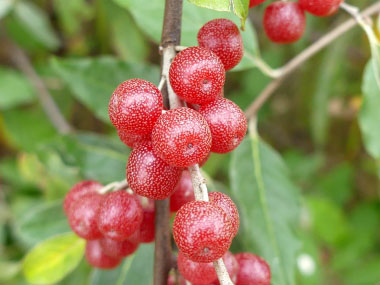
Autumn Olive Identification Leaves Bark Habitat Elaeagnus Umbellata
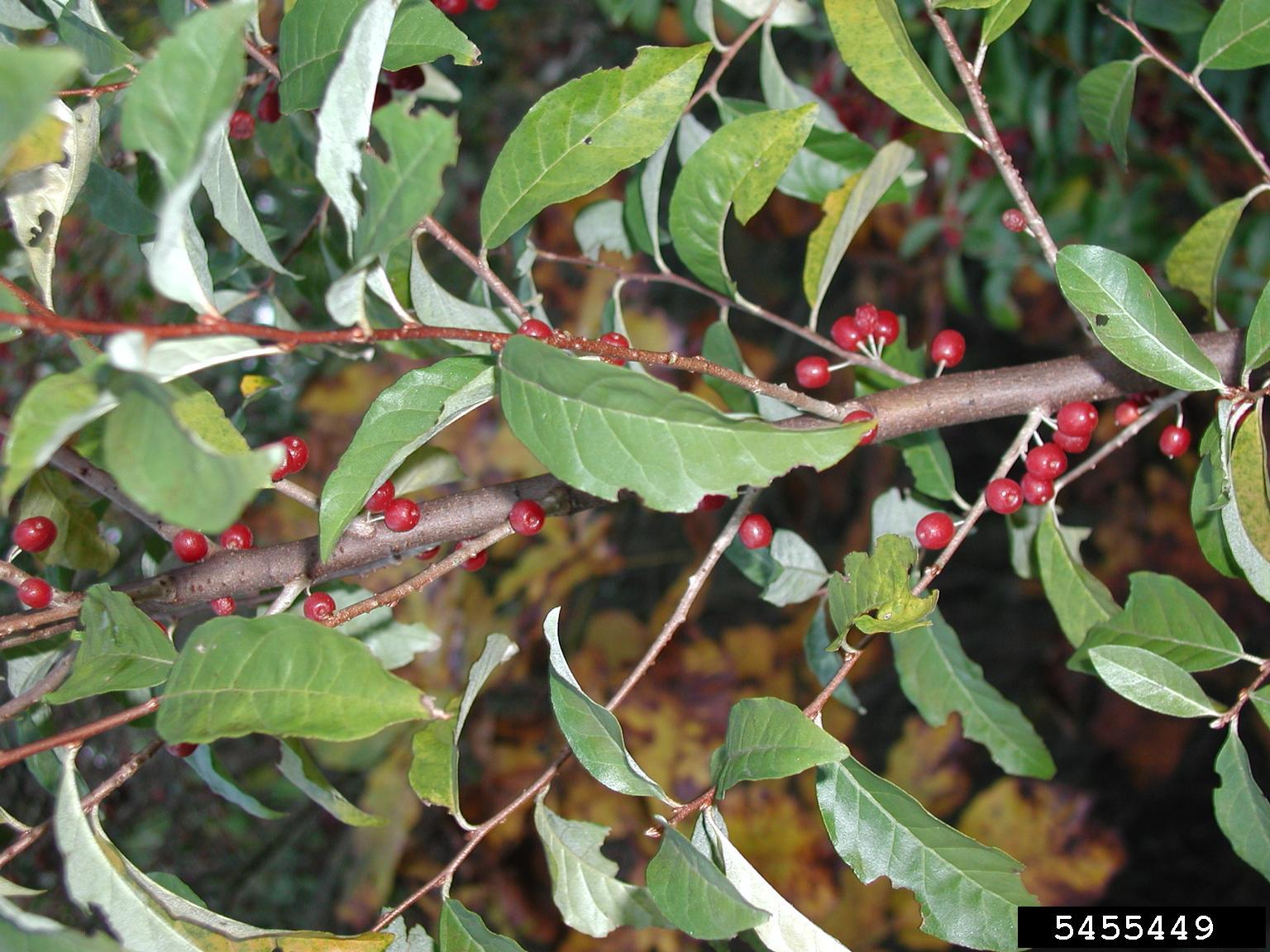
Autumn Olive Reconnecting To Our Waterways

How To Identify And Remove Autumn Olive Youtube
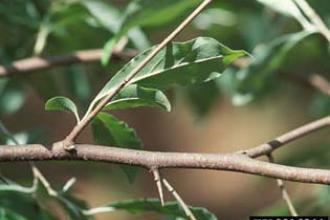
Autumn Olive National Invasive Species Information Center

Foraging For Autumn Olives How To Identify Edible Wild Autumnberries Good Life Revival
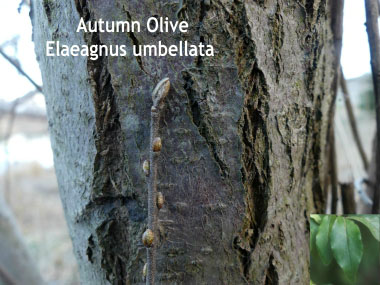
Autumn Olive Identification Leaves Bark Habitat Elaeagnus Umbellata
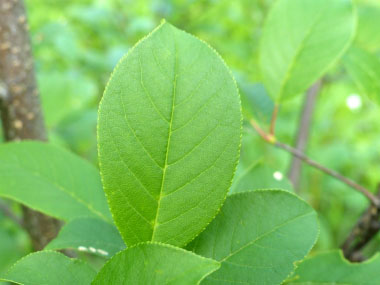
Autumn Olive Identification Leaves Bark Habitat Elaeagnus Umbellata
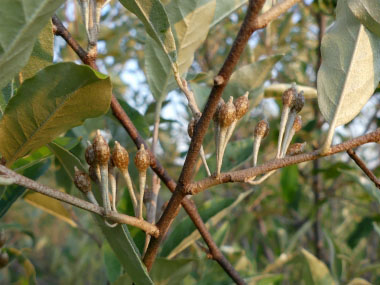
Autumn Olive Identification Leaves Bark Habitat Elaeagnus Umbellata
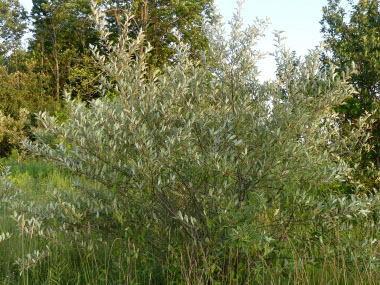
Autumn Olive Identification Leaves Bark Habitat Elaeagnus Umbellata
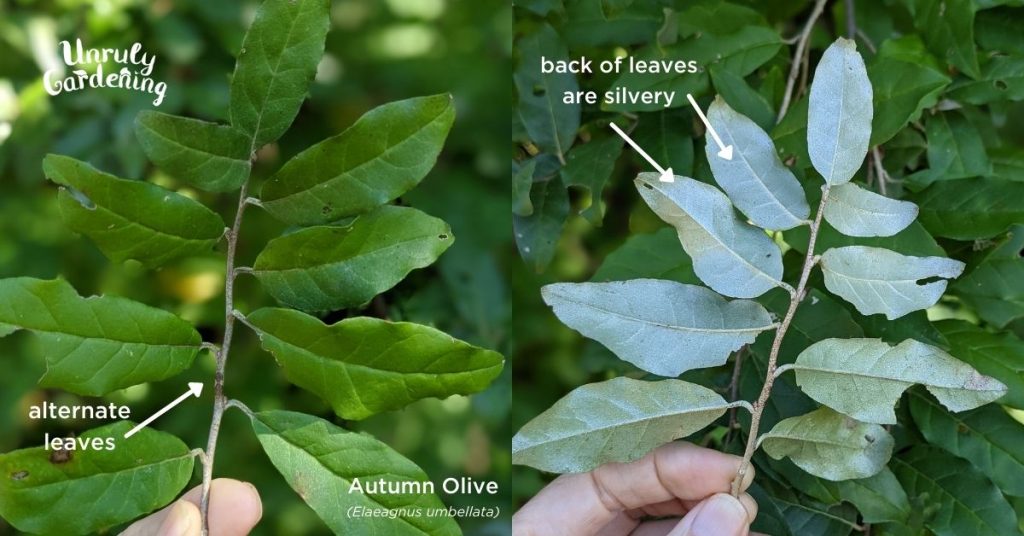
Foraging Identifying Autumn Olive Berries Lookalikes Unruly Gardening
Invasive In The Spotlight Autumn Olive Extension
Elaeagnus Umbellata Autumn Olive Nc Invasive Plant Council

Autumn Olive Invasive Species How To Control It
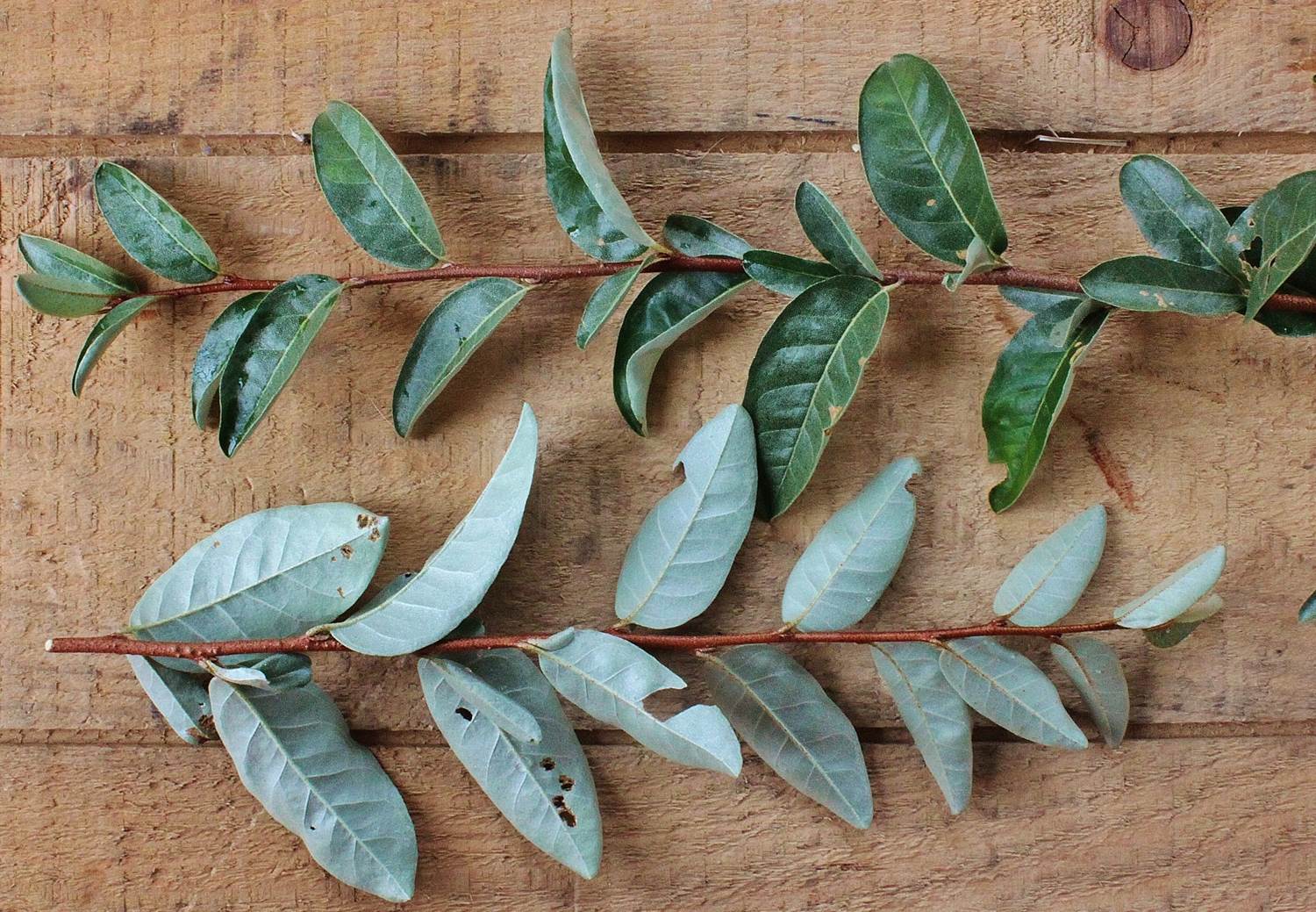
Autumn Olive Foraging For Autumnberries
